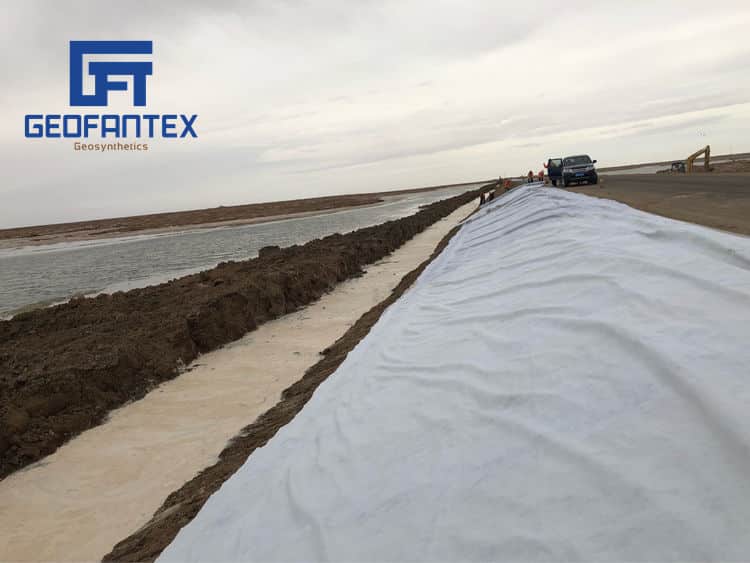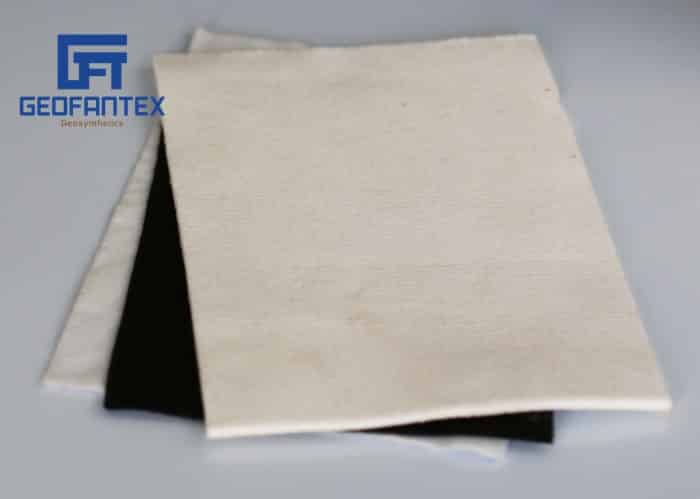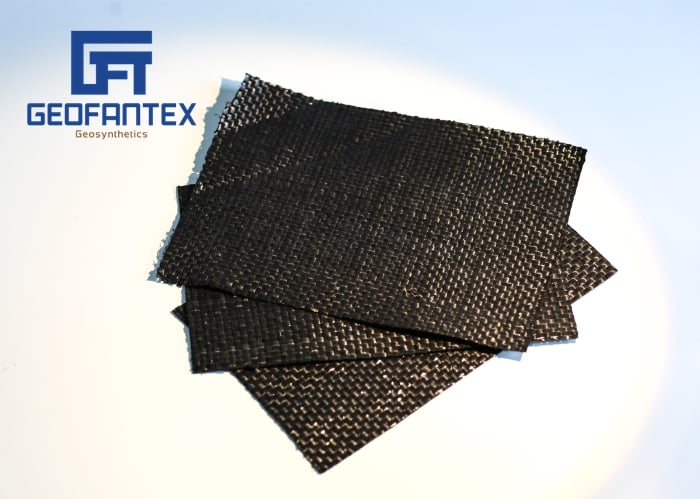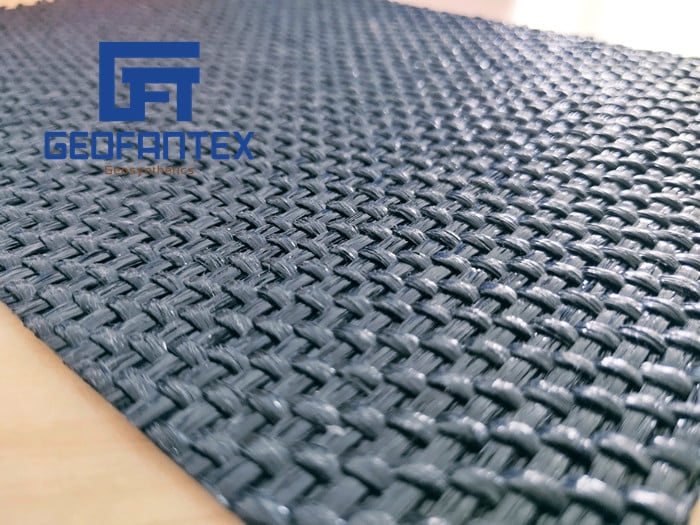+86-159 9860 6917
info@geofantex.com
geofantex@gmail.com
+86-400-8266163-44899
One Word: Geotextile
One of the most rapidly growing applications of textiles is the use of geotextile. Geotextiles include for ground stabilization, geotextiles for water and soil erosion, geotextiles for roads, and geotextiles for moisture-proof.

Both woven fabric and non-woven fabric can be used as geotextile. The fibers used in these fabrics are: polypropylene, olefin, polyester, nylon and acrylic fibers. The application of nonwovens in this field exceeds that of woven fabrics. The most important or most widely used fiber is polypropylene geotextile. Polyester geotextile has the best performance, but people think that it is expensive to make and cannot be used in large quantities; although acrylonitrile has many excellent properties, it is also considered to be expensive and not suitable for this purpose.

The most common areas where geotextile is used are stratum stability, soil erosion control, and soil drainage. Geotextile is equivalent to a separation layer, forming a stable boundary between different soil layers to maintain the integrity, inherent characteristics, and performance of each layer. The use of geotextiles when constructing dams and laying ballast on roads or railways falls into this category. These geotextile materials act as a barrier, which prevents the movement of soil particles but allows water to flow to facilitate drainage. Water can be drained from on soil layer to another through the geotextile layer; or the drainage process can be carried out in a plane or one layer, at which time the geotextile acts as a drainage medium (ie filtration). By maintaining uniform stress over a large area, geotechnical materials play a role in strengthening the structure and reducing soil loss.

Geotextiles can also be used as support materials or reinforcement materials for the construction of dams, canals, drainage systems, pools or lakes. In the construction of roads, geotextiles have many uses. They can be covered on soil or rocks to separate the underlying soil from the filling soil; they can also be laid directly on the roadbed and then covered with asphalt. The former can balance the stress and isolate the underlying soil from the filling soil; the latter can reduce the fracture of the roadbed and asphalt surface, and reduce the amount of asphalt required to ensure the stability of the road surface. Both have an improved drainage effect.
The types of geotextile fabrics include:
Get Free Sample
We’ll respond as soon as possible(within 12 hours)
























